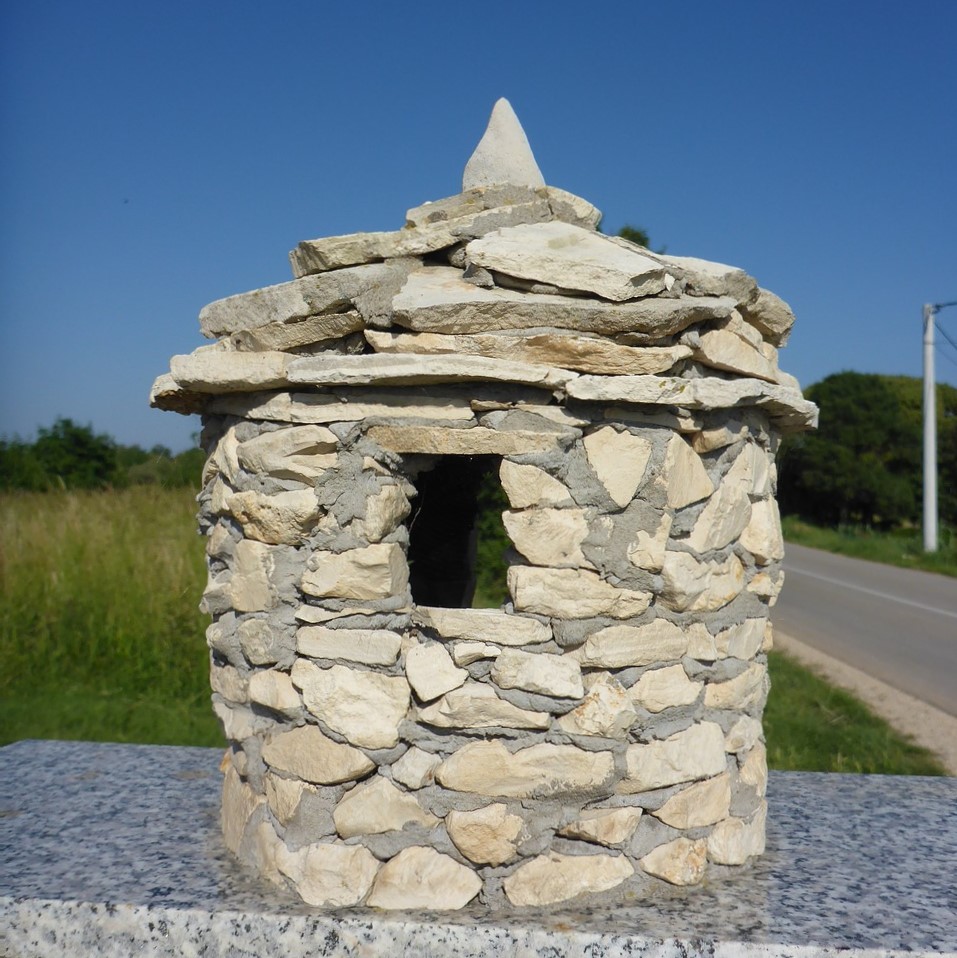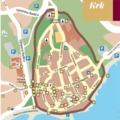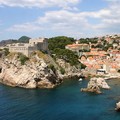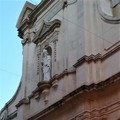Stone walls in Croatia
When I was in Croatia last year, I noticed that there were numberless stone walls everywhere. We were on Pašman island then, but I saw the same on Krk, so I decided to read a little bit about them. Here’s what I found.
Their names are suhodizi or gromace in Croatian, and the name of the building technique is dry stone walling. They're „dry” because there is nothing between the stones that could hold them together. Walls are usually built with mortar as „glue” but these walls are special because they can stand for a really long time without it.

But how long, actually? One of the most famous wall systems in Croatia is in Stari Grad, Hvar. It was built in the 4th century BC and now it is protected by the UNESCO. The first people who built stone walls in this area were called Liburnians, and their tradition still lives on. Today, you can participate in dry stone walling workshops in Velo Grablje during a lavender festival which is organised there every year.
However, the most important question is: why did people start building stone walls like these? There is a joke that Croatian winters are so long that bored people wanted to have some fun, so they organised wall building competitions. This might sound logical, but it is probably not true. In reality, they needed to clear the land for farming, and they had large piles of stones after this process. They could use the stones for building fences between two people’s farms. Also, they could keep their sheep in one place with them.
They built wells, roads and shelters. These could be used when the weather was extreme: the sun or the wind was too strong, or a storm was coming. These shelters are called kazuni in the Istria region and obunja in Dalmatia. They also have different shapes. The first type is cone shaped, the second one is round.

Another agricultural function of these walls was to hold the soil in place. The landscape in Croatia is hilly, the soil is full of rocks and the winds are strong in many areas. Because of this, land can slide easily, and farmers needed to hold their plants in place. The walls of Pag island were built as protection from the Bora, and stone walls keep the famous vines of Primošten safe.
Now we know a little bit about some famous walls of Croatia. However, the most famous ones are the walls of Baljenac island. It is a tiny island, only 0.14 km2 – but it is almost fully covered by the 23 kilometres of stone walls on it. From the air, it looks like a fingerprint – the fingerprint of a country, Croatia. This is why it became a symbol of it, which can be recognized easily. Like a person by their fingerprint.
- notice – suddenly see that something is there
- numberless – very many
- mortar – the mixture of sand, water and cement that we use to build walls
- participate in – take part in something, be active at an event
- pile – a lot of things on top of each other, for example a pile of clothes on a chair
- well – a deep hole in the ground where water comes from
- shelter – a place where you are safe in times of danger
- agricultural – related to farming or used in farming
- soil – the black or brown material on the ground where plants grow
- slide, slid, slid – move easily on a surface
- fingerprint – the mark that a person’s finger leaves on a thing / object
- recognize – identify, know again
TASKS
- When the city was bombed, people ran to hide in ………… .
- I’m sorry I didn’t say hello at the party. There were so many people, I didn’t ………… you.
- I went back to my hometown after 20 years. It changed so much, I didn’t even ………… the school building, for example.
- Don’t put your smartphone on the top of the car. It will ………… off and break on the ground.
- If you don’t ………… in the lesson, you won’t have a chance to practice speaking.
- I always put my plants in fresh ………… soil after I buy them.
Which words didn’t fit into the gaps? Try to write your own examples in a comment and correct other people’s examples if you see a mistake. Remember! Always be polite! Thank you.





